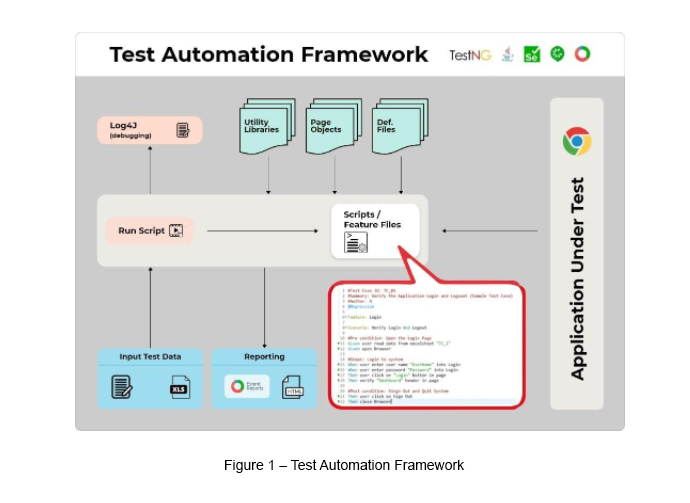Automating Larger Regression Workflows
This automated solution was implemented for a UK-based company that works with financial services institutions and business leaders to provide consultancy services.
The Challenge
1 Billion Tech is engaged by the client to build a fully-fledged cloud native software platform for institutional fund managers to digitize its product/service offerings. In addition to the product development work, 1 Billion Tech also provides testing services, which originally commenced with manual testing.
Needless to say, performing manual testing for projects that have complex workflows (in this case, roughly 750 steps) is a time consuming and cumbersome process. The client had four (04) such end-to-end regression workflows with nearly 3,000 manual steps that the team had to follow during each regression.
How 1 Billion Tech helped
The client wanted 1 Billion Tech to help automate its manual testing process in order to increase testing productivity and the coverage.
Leveraging the 1 Billion Tech open source BDD Framework [1], we helped the client to automate the four (04) major regression workflows.
The following steps were initiated to help the client:
- Allocating a specialized automation engineer who is highly skilled and experienced in test automation.
- The existing manual test cases were detailed out to identify all possible automation steps, which basically gave a clear visibility to the client on the automation scope.
- A detailed test automation architecture document was given to the client to give them a comprehensive architectural overview of the proposed test automation solution.
- All end-to-end regression workflows were automated within the agreed time frame, which comprised of a fully automated test suite with more than 3,000 automation steps including all verification points.
- Finally, the automation framework was integrated with extent reports, and this gave a comprehensive test execution report to the client to analyze test results in an efficient manner.
The following diagram (figure 1) shows the conceptual architecture of our test automation framework.

BENEFITS TO THE CLIENT
- Reduction in test execution time by 70% for the defined regression scope.
- Low maintenance effort due to handling object properties and test data separately in Excel sheets. This helped avoid changes at the script/code level to run the scripts on a different version of the application.
- With the use of the Cucumber BDD approach, client-side test engineers were also able to quickly grasp knowledge by maintaining existing scripts due to any object property changes of the screen on the same path.
- 30% effort reduction on any future script automations (outside of this registration flow) due to the reusable methods that have been implemented.
References
- 1. Test automation with Behavior Driven Development (BDD) –- https://1billiontech.com/case_study_QA_BDD.php
